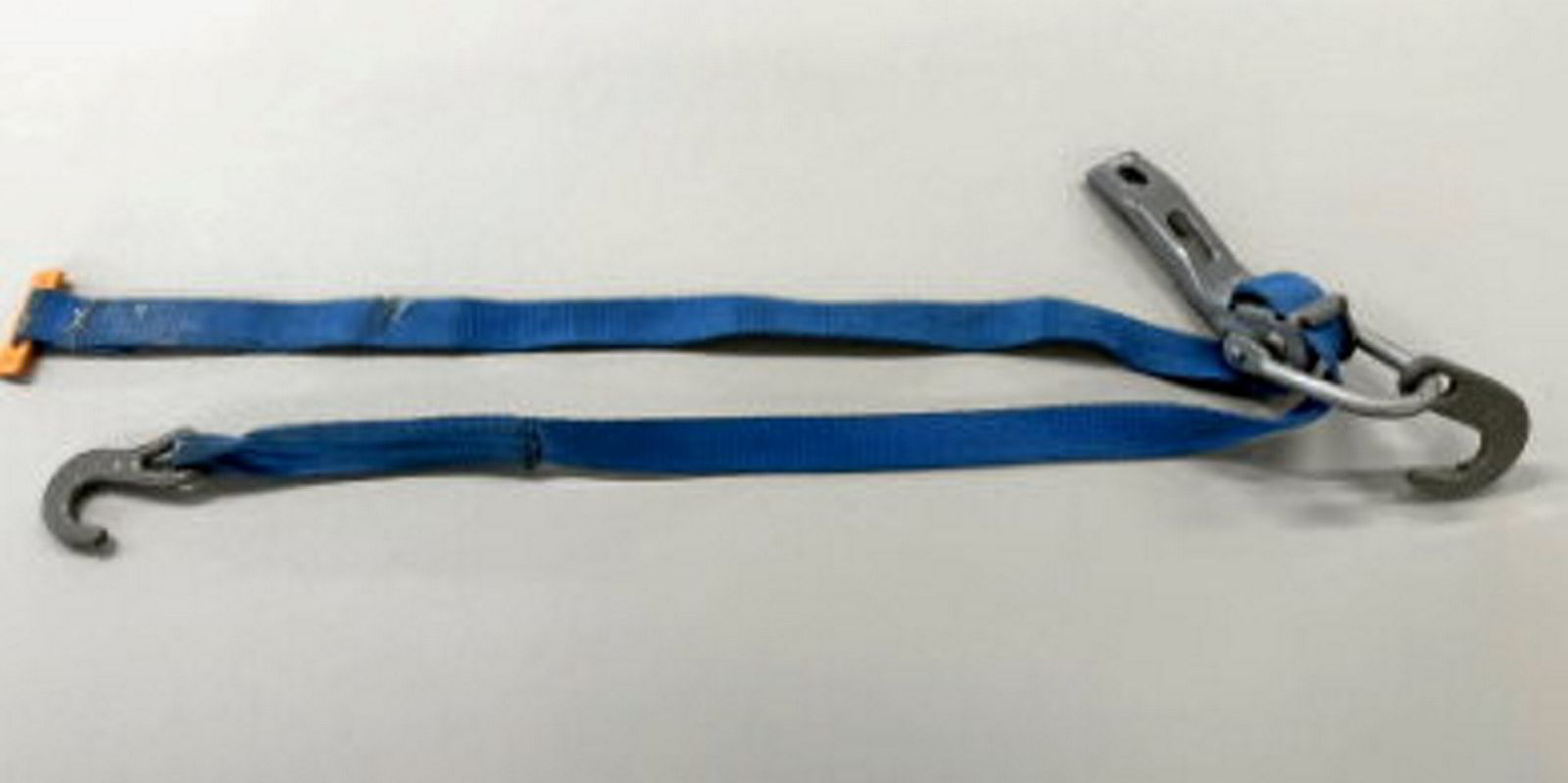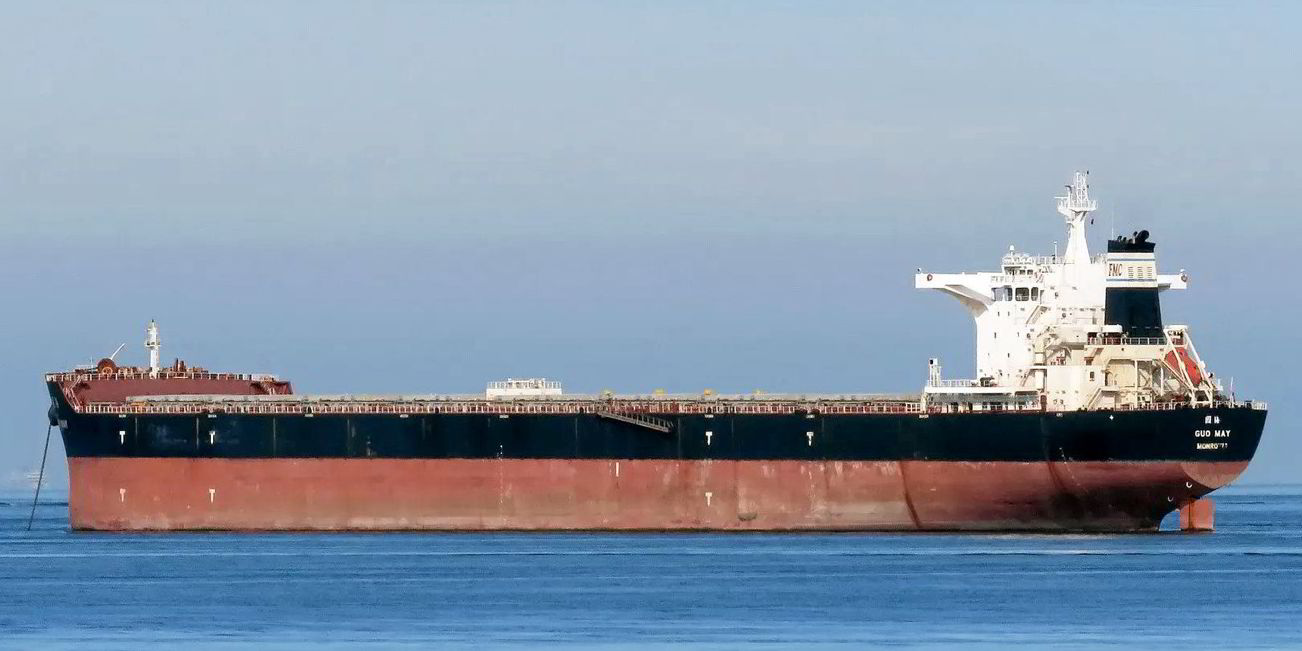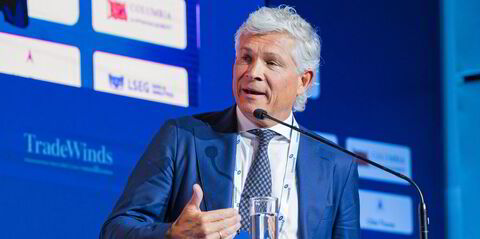NYK is recycling old cargo lashings to produce greener bunkers for its vessels.
The giant Japanese shipowner has teamed up with NYK Trading Corp, Azbil Yamatake Friendly and Kayama Kogyo on the project.
Last month, they began to collect well-worn vehicle lashing belts that had passed their expiration dates for use on NYK-operated car carriers.
Azbil Yamatake Friendly will separate the parts, and Kayama Kogyo will produce RPF, or refuse-derived paper and plastics densified fuel, from the plastic elements.
About 200,000 lashing belts are disposed of each year from the NYK fleet.
If all of these are recycled, they can be converted into about 20 tonnes of RPF.
When the work began on 6 April, about 27,000 used lashing belts were collected from the NYK-operated, 5,415-ceu car carrier Sagittarius Leader (built 2005) at the port of Nagoya.
These bits of kit were previously disposed of as industrial waste or sold as used products.
“From now on, specified discarded lashing belts will be recycled into RPF fuel and reused as an energy resource. Kayama Kogyo will contribute to further GHG emission reductions by using renewable energy sources for all electricity used in fuel production,” the shipowner said.
“In addition to consideration for the natural environment, this initiative incorporates a process that welcomes diverse human resources,” the owner explained.
New machines
Employees with learning difficulties are separating the metal and belts at Azbil Yamatake Friendly.
Overseas technical interns are then involved in RPF fuel production at Kayama Kogyo.
“To create a place where everyone can work with peace of mind, we have developed specialised cutting machines, promoted smooth communication through Japanese language education and expanded prior training on work content,” NYK added.
RPF is a solid fuel made mainly from recovered paper and waste plastics that are difficult to recycle.
It has a high calorific value and is used as a substitute for fossil fuels such as coal and coke.





